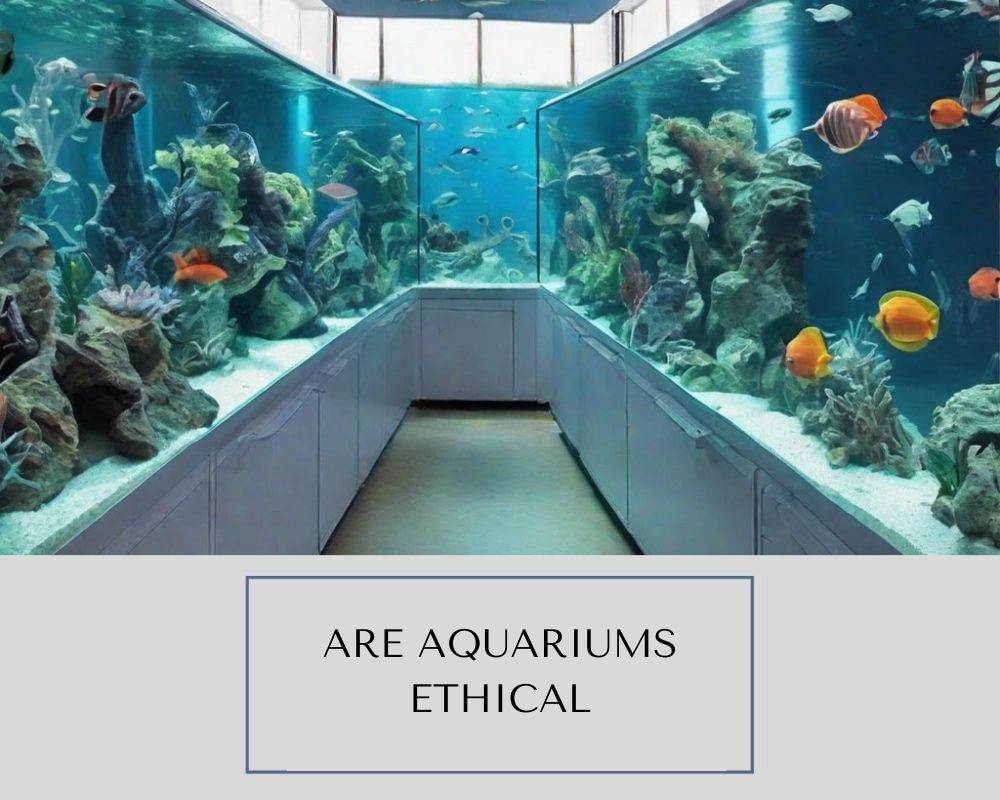Fishkeeping has captivated humans for centuries, evolving from utilitarian practices to a popular hobby that reflects a deeper fascination with aquatic life. From the shimmering scales of goldfish to the vibrant hues of reef-dwelling species, the allure of maintaining a miniature aquatic ecosystem within our homes is undeniable. However, as the popularity of aquariums swells, so too does the need for ethical considerations surrounding the lives of these creatures—particularly when it comes to their end-of-life circumstances.
In examining whether killing pet fish constitutes animal cruelty, one must first delve into the complex interplay between human ownership and the ethical treatment of nonhuman animals. This inquiry is particularly timely, given the growing awareness of animal rights and the moral imperatives that accompany pet ownership. As stewards of these aquatic beings, aquarium enthusiasts bear a profound responsibility to ensure not just the physical well-being of their fish, but also their psychological and social welfare.
Many aquarium enthusiasts may argue that fish lead simpler lives than terrestrial pets, often believing that their existence revolves solely around survival and reproduction. Yet, this perspective belies the nuanced reality of fish cognition and emotional capacity. Research has demonstrated that fish are far from mindless entities; they display complex behaviors and social structures. The ability to form hierarchies, exhibit learned behaviors, and even develop relationships with their keepers highlights the need for a reassessment of how we regard fish in captivity.
The ethical dilemma surrounding the end of life for pet fish can manifest in various forms, warranting a closer examination of the circumstances that lead to their untimely deaths. Aquarists are often faced with difficult decisions regarding disease management, tank mates, and environmental conditions—all of which can dramatically affect a fish’s quality of life. When sickness befalls an aquarium inhabitant, the choice between treating an ill fish or euthanizing it can be fraught with emotional turmoil.
Euthanasia, while sometimes deemed a humane option, opens up a Pandora’s box of ethical questions. What constitutes a justifiable reason for ending a creature’s life? If the fish’s suffering can be alleviated through appropriate care, does it still warrant intervention? The burden of these inquiries weighs heavily on those who share their lives with fish, igniting debates about best practices in the hobby. It is vital to weigh factors such as pain perception, quality of life, and the ability to recover from illness, which can vary significantly among species.
Amid these challenges, one must consider the motivations behind keeping fish. The aesthetic appeal of an aquarium often takes precedence over the needs of its inhabitants. While humans may find solace and joy in observing the serene movements of fish, this enjoyment can inadvertently lead to neglect or the overlook of essential care requirements. This raises the question of whether the desire to have fish simply for visual pleasure can overshadow the ethical obligation to care for their well-being.
Moreover, the running of a successful aquarium requires a commitment to maintaining suitable living conditions that restricts the fish’s natural behavior. These aquatic animals, for the most part, are thrust into environments that distill their vast geographical and social expanse into mere glass confines. The constraints of captivity can give rise to a range of behavioral issues, including stress, aggression, and depression. In light of this reality, encouraging aquarists to prioritize the welfare of their fish can seem an uphill battle, yet it is critical for advancing the dialogue around animal ethics.
The phenomenon of fish “killing” can also extend beyond physical euthanasia. The act of neglecting a fish’s welfare—through inadequate water quality, inappropriate diet, or incorrect tank conditions—can lead to slow suffering, tipping the scales beyond mere mortality into a realm of cruelty. A fish deprived of proper care may endure a series of afflictive experiences. Such neglect is rarely considered within the traditional confines of animal cruelty discussions, yet it remains a pertinent issue for captive aquatic life.
Therefore, how we choose to approach the end of a pet fish’s life is not only a reflection of our emotional state but also a statement of our ethical framework. Engaging with these ethical considerations can foster a respect for life, encouraging aquarists to deliberate over the implications of their decisions—every act of care or neglect reverberates beyond the tank.
Ultimately, advocating for the compassionate treatment of pet fish necessitates a robust understanding of their needs and a willingness to confront the complexities inherent in fishkeeping. Recognizing that killing pet fish—be it through euthanasia or neglect—can indeed represent a form of animal cruelty is a vital step toward crafting a more conscious approach to our interactions with aquatic life. In pursuit of a more ethical aquarium culture, the quest for knowledge and empathy must guide our stewardship, fostering environments where both fish and their keepers can thrive harmoniously.
As the dialogue surrounding animal rights continues to grow, it is essential for fishkeepers to reflect on their practices and consider the deeper implications of their responsibilities. Only through such critical engagement can we aspire to nurture a compassionate ethos that honors the lives of those who share our world beneath the waves.









